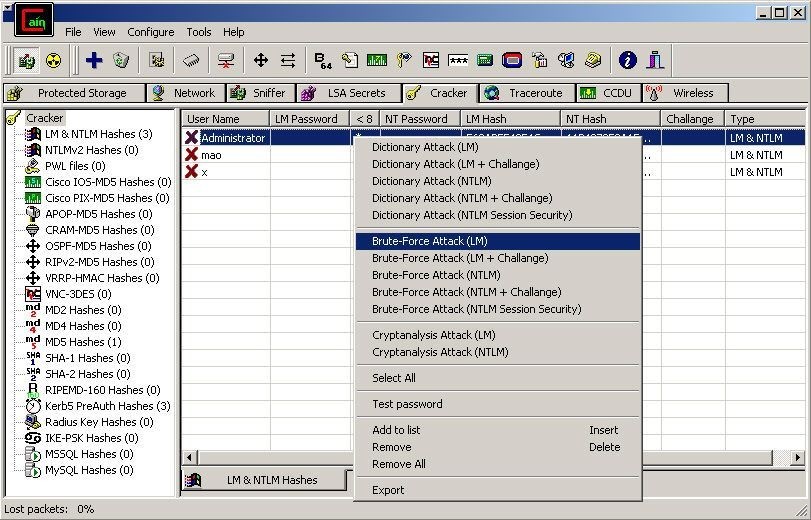
This CAN be fixed - But may need an expert. Go and see a knife expert to help you bring your blade back to life if you damage it or the rust is out of control. Do cut on a wooden or plastic chopping board. Do use a stone when it needs a good sharpen.Do use food-grade mineral oil to keep the blade protected.Scrub the rust spots with a sponge and some jif or ceramic cooktop cleaner, wash it, dry well and oil again.Įvery time we repeat this process, the knife will lose a little life, and some of the magnetite its been building up - so let's try and stick with the preventative measures! Now, if your Cain and Abel knives get wet and are left wet for a while, they will end up with rust spots. Help! My flatmate put my knife in the dishwasher, and it's gone rusty. Patina is harmless and protects the knife from any further oxidation (the wrong kind that causes rust). Some people don't like the appearance of a carbon steel knife's patina and assume that it's harmful to the blade or unsafe for food, when in fact, it's the opposite. Any carbon steel connoisseur will be familiar with magnetite as the pattern of streaks, spots, and swirls that a well-used carbon steel blade will develop over time.

This process is responsible for developing the carbon steel patina that changes the colour of the metal from its shiny finish to a dull grey. (science, let's go!) Magnetite is a less destructive type of oxidation, and it just affects the surface of the knife. Just use, wipe, dry, oil, store safely and repeat! Some manufacturers recommend forcing a patina on the blade, but we have not found this to be safe or effective. when removing rust), this strips you back to square one. In short - It will learn to look after itself better as it grows up. It's a bit like cast iron, in which the more you use it, the more durable and rust-resistant it becomes. It develops something called a patina that helps to protect it from rust. The more you use your knife, dry it and put it away correctly, it will improve. That's the thing - It is a bit of hardwork at first, but it's worth it. If you are in the area, we will have all of our knives on display. We have a retail space at 1/8 Ke Ahi Rise, in Tauriko, Tauranga. We do not currently wholesale Cain and Abel. If you want to get dinner on the table and you want tools to chuck in the dishwasher - We are not the brand for you.Īre these knives stocked anywhere? I would like to have a look before I purchase. If you take cooking seriously and are ready to invest a little bit of time, a lot more care, and-this is a big one-if you're willing to sharpen and take care of your knives, then carbon steel is where it's at. There are no machines, no factories, no mass production. Each Cain and Abel knife is handmade and hammered with precision over a hot outdoor fire.

We are here to bring you a knife for people with passion who are willing to learn and understand their beauty and individuality. Why use a Cain and Abel carbon steel knife? Japanese bladesmiths love it because of its ability to take on and hold a sharp blade edge. The use of carbon makes your knife strong. Two per cent doesn't sound like much, but it's enough to introduce a couple of incredible benefits that you won't find in your standard knives. What is carbon steel, and why would I choose to use it over stainless steel?Ĭarbon steel is a type of steel with a higher carbon content (standard is 0.05, and at Cain and Abel we have a CS content of 2.5).


 0 kommentar(er)
0 kommentar(er)
